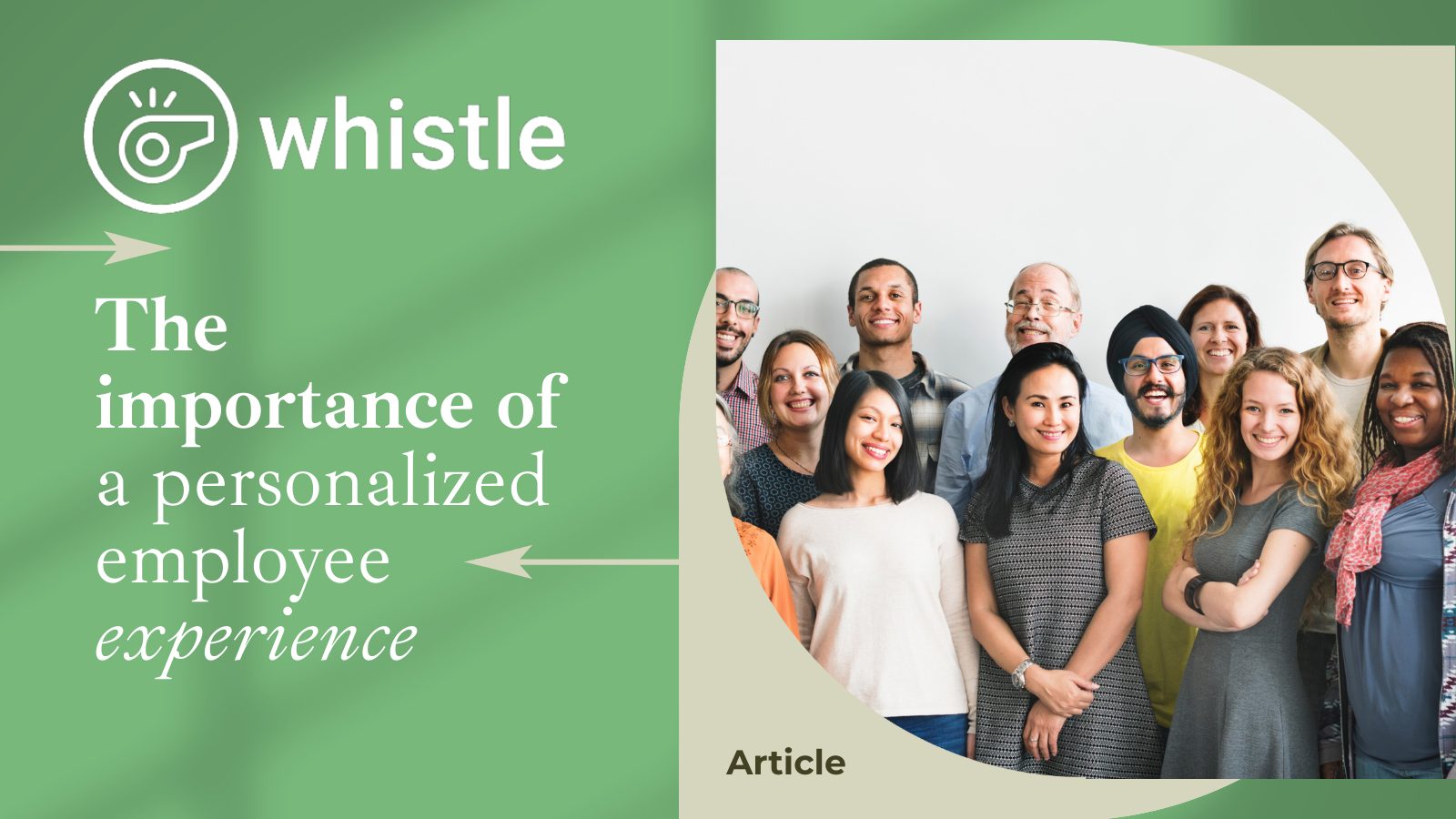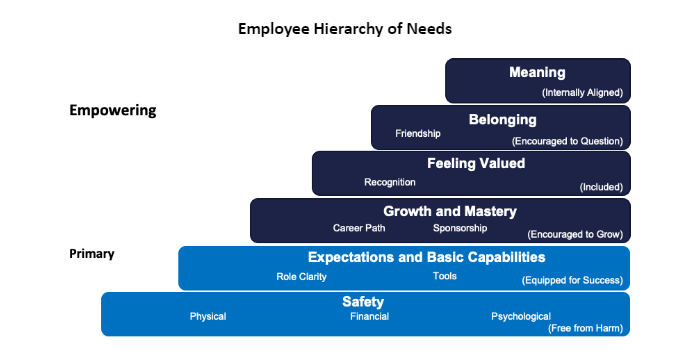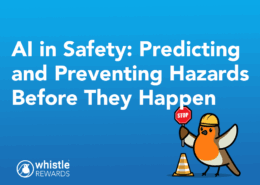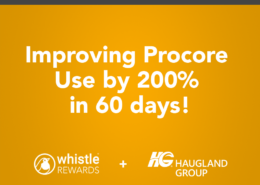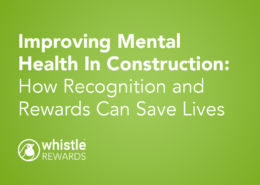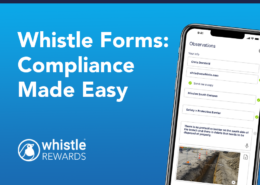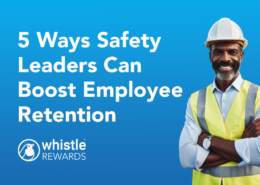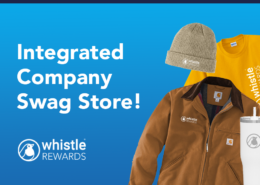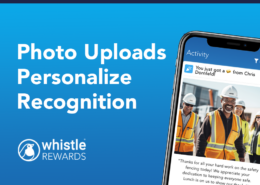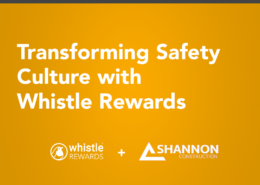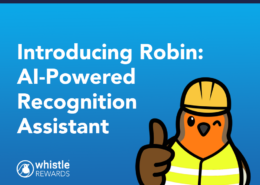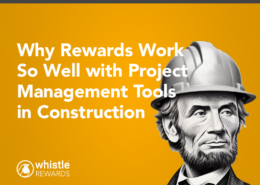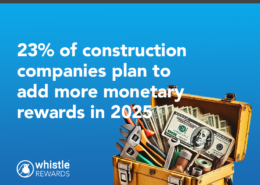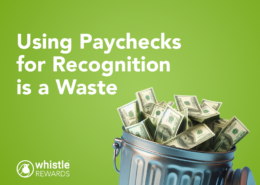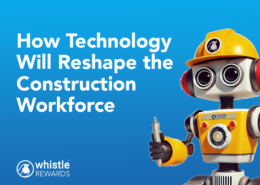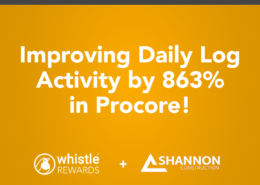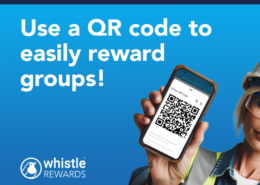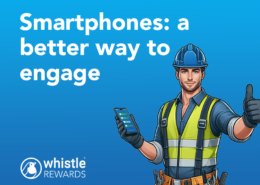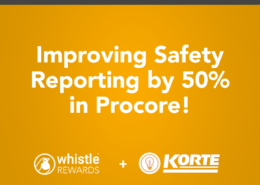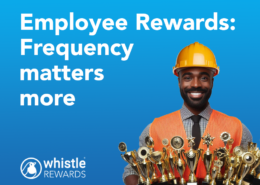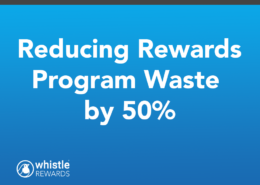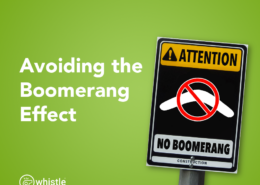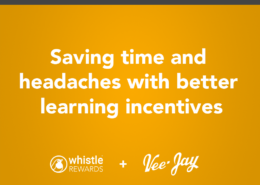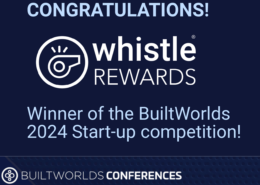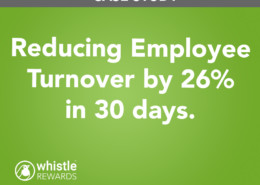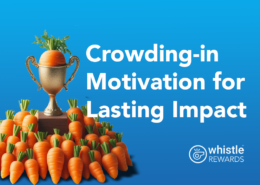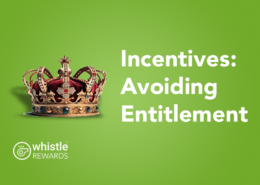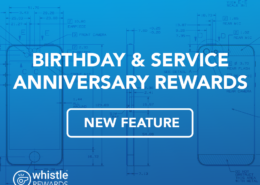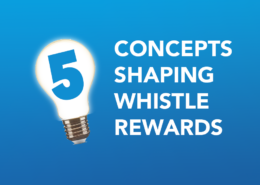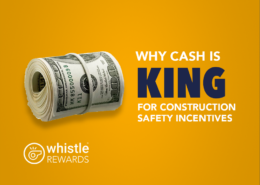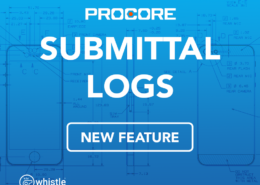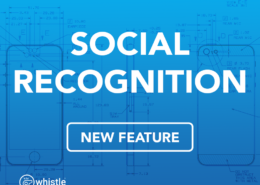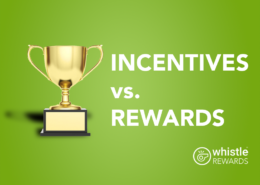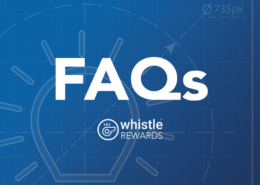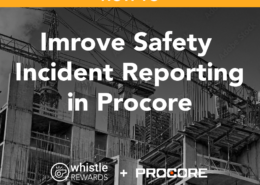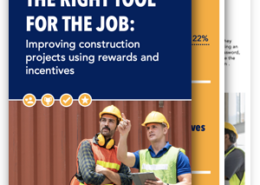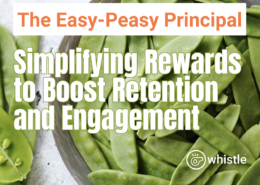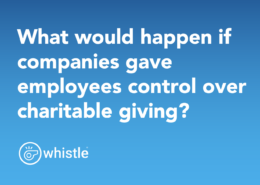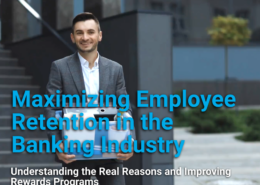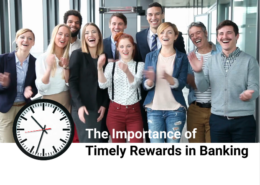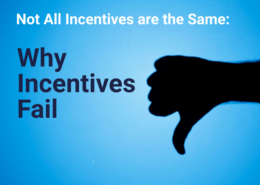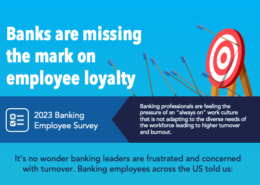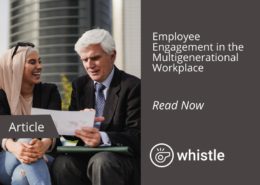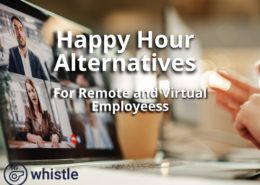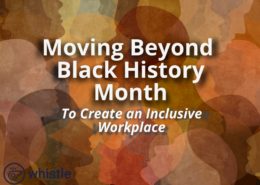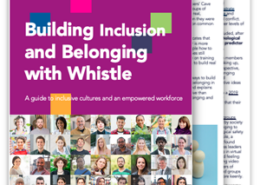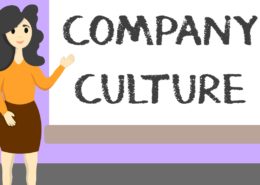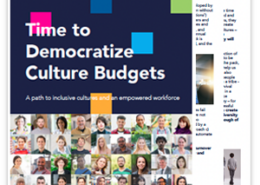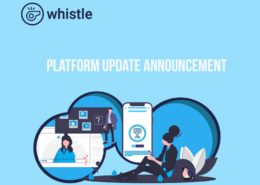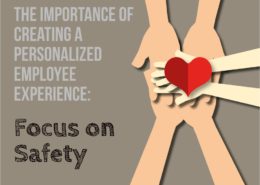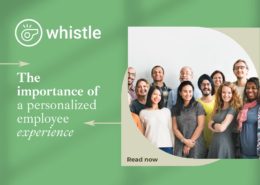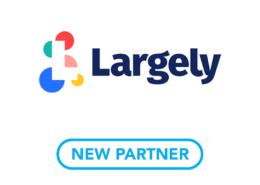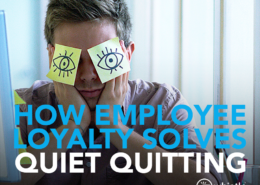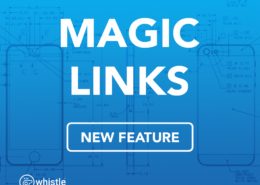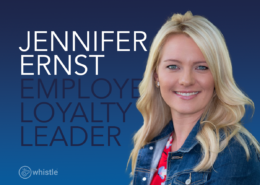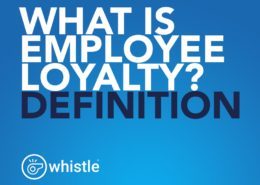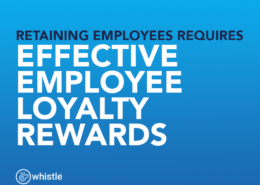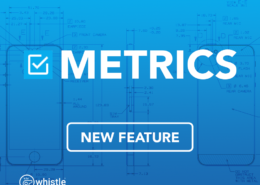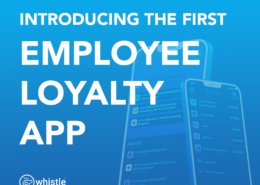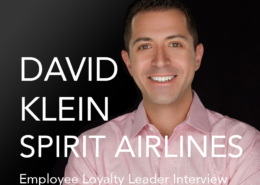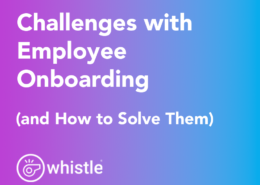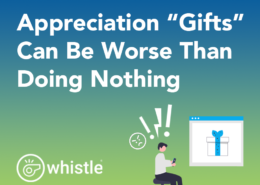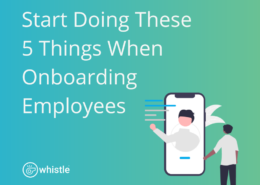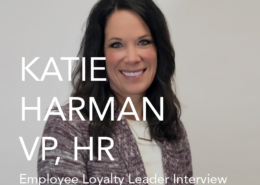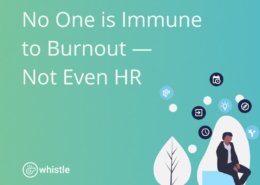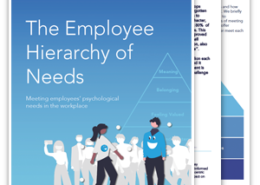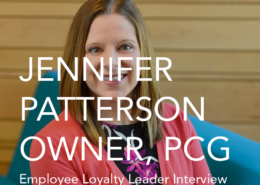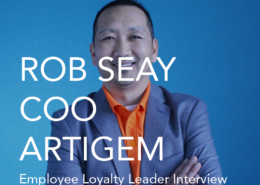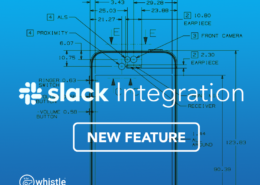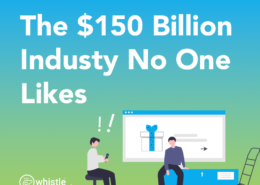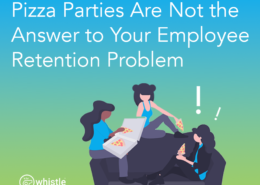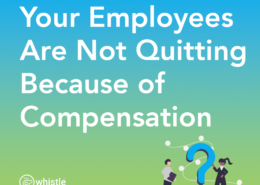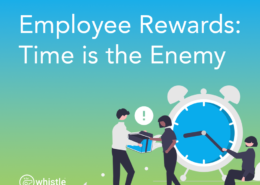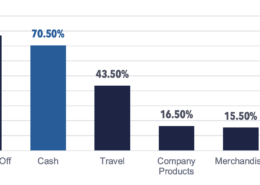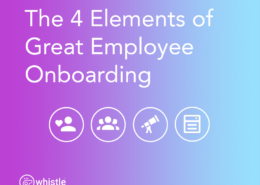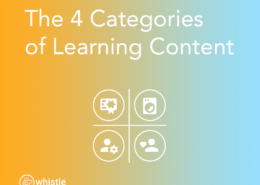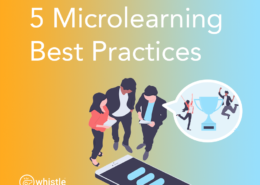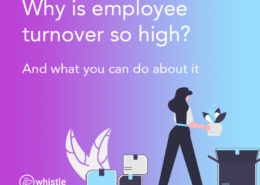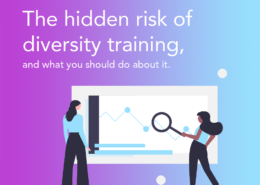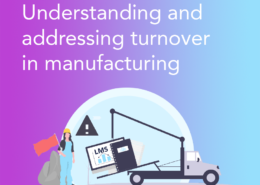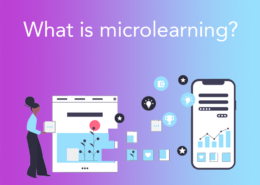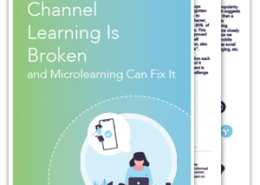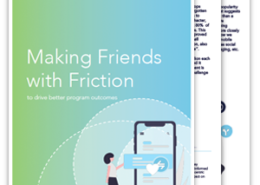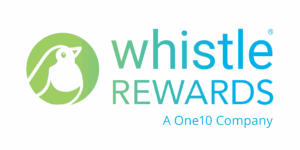The importance of creating a personalized employee experience to improve retention and build loyalty.
When news of the COVID-19 pandemic first traveled around the world in 2020, the workplace reinvented itself nearly overnight. HR teams scrambled to adapt to the new realities of remote work. Burnout and mental health issues escalated as workers struggled with work-life balance. New tools, programs, and processes were needed — and many were quickly brought on.
After years of struggling with hybrid work and talent shortages, the highest-performing HR leaders are moving on — pivoting their strategies to meet new challenges and higher employee expectations.
In the face of so much change in the world, one thing remains constant: HR teams continue to focus on engaging and retaining talent. If the Great Resignation was to blame for retention worries in 2022, limited resources and an uncertain economic outlook might be the lead cause for those anxieties in 2023.
The critical success factors for 2023 will be retaining the best employees and ensuring they are fully engaged in your company. This challenge is even more difficult than it was pre-pandemic. 40% of employees are planning to quit their jobs in the next 6 months and the majority of people quitting jobs are leaving their industry altogether. Many executives are led to believe the only tool is higher pay. However, higher wages are not the answer. A Pew Research Center study found that low pay wasn’t the primary reason employees quit – it was culture. The Federal Reserve Bank of Atlanta found that higher wages aren’t as effective at encouraging millennial and Gen X workers to take jobs as they were for baby boomers when that group was the same age. Interestingly, 71% of employees would take a pay cut for the right company culture.
Toxic company culture has always been a challenge, but it has grown to become the number one reason employees are leaving1. “Our data clearly highlights that toxic company culture drives people to leave their jobs more than any other single factor,” Sara Sutton, Founder and CEO of FlexJobs, said in a news release. “Especially with many companies now transitioning to permanent hybrid workplaces, it’s critical that leaders emphasize building healthy cultures that are inclusive of all their workers’ needs and locations, whether they’re on-site or remote.”
Increasing pay isn’t necessarily going to attract employees or stop people from quitting. As the FlexJobs report shows, workers who aren’t getting what they want from employers are willing to walk away, even if they don’t have a better opportunity.
Unfortunately, creating a positive company culture is not easy or straightforward. For decades, employers have been struggling to retain and engage staff. Companies have adopted 401k plans, added ping pong tables to the office, offered unlimited vacation and dozens more approaches to make employees want to stay. And yet, retention rates have only declined. No one has been able to crack the code of employee engagement through these kinds of generalized programs.
The secret to a highly engaging culture lies in something that most companies are already doing, but for a different audience: personalization. Many companies are providing a personalized customer experience. The same approach and value applies to your employees. Each member of your organization has a unique personality, set of values, set of skills, passions, interests, and life outside of work. To remain competitive, companies must acknowledge the uniqueness of each employee and provide personalized engagement and retention solutions. Front-line managers must address each team member with an approach that is specific to that person; the whole person. This will sound absurd to many. It’s not. This is very similar to what many companies aspire for each customer: a personalized experience. This is what every person wants, whether an employee or a customer.
Developing a personalized employee experience can be done. Whistle has broken down the employee experience, using Maslow’s hierarchy of needs, into six levels of engagement, providing a tool to evaluate the various need states in your organization as well as specific programs to immediately improve engagement and retention by making it personal.
Companies with the most engaged, highest retained staff provide flexibility and empathy, allowing each manager, division, location, etc to engage with employees in the ways that makes sense to that person, at that time. For example, to develop a sense of opportunity in growth and mastery, one person might be best served by an additional certification while another might still be learning the intricacies of the company.
The critical element is to move authority and control from a few executive team members out to the front line. Front-line managers understand team members and their needs in ways executives cannot. They have (or should have) an understanding of the specific needs of team members and a sense of the proper timing required to address each need. These managers need better tools to operationalize this understanding.
The Whistle platform can help. We first deploy the Employee Loyalty Index, which identifies your employees’ needs by location, department, tenure, etc, pinpointing need states. We can help you understand which needs are being met, and which ones need attention in order to engage and retain your employees. These need states map directly into specific programs in the platform, providing immediate improvement in retention. Your team can enable managers with the tools to make employees feel valued and belonging at a personal level.
Creating a personalized experience for your employees requires two elements: your front-line managers must know their employees, their circumstances and must care, your company must allow managers the needed flexibility with systems and tools that make it easy to meet employees’ needs. Whistle provides both; company- wide initiatives (such as ad-hoc rewards, team culture budgets, charitable giving at an individual level) as well as making it easy to tailor things for individuals or teams.
Consider these steps in your journey to drive higher engagement and retention:
- Assess your strengths and weaknesses. Each company has values and culture, but those are an amalgamation of the diverse cultures of each location, department, group. Study each one to understand their unique needs. Use the Employee Hierarchy of Needs to better understand limitations and challenges.
- Map the outcome of your assessment to specific actions. Many surveys struggle here because they are not integrated into the operations. Find a tool that can help you map your specific challenges into directed programs
- Measure the results. Too many corporate efforts are put in place with no mechanism to measure the impact. When budgets must be cut, it’s then very difficult to identify which programs are critical and which can be reduced. Deploy new programs to part of your organization and hold out the rest. Compare quantitative metrics such as retention between the groups.
Look out for six additional blog posts deconstructing each step in the Employee Hierarchy of Needs, highlighting what it means to succeed at each level as well as what it means to personalize employee experience at each level.
1
https://www.mckinsey.com/capabilities/people-and-organizational-performance/our-insights/the-great-attrition-is-making-hiring-harder-are-you-searching-the-right-talent-pools?stcr=BA9E07F88B58440CA852479B68C7D145&cid=other-eml-ttn-mip-mck&hlkid=5c18ee3d843b40979713169c29fe708f&hctky=2391322&hdpid=052309fa-c520-427c-8b93-c8428f71c4cd
2
https://www.atlantafed.org/-/media/documents/research/publications/policy-hub/2022/02/24/01–will-wage-growth-alone-get%20-workers-back-into-labor-market–not-likely.pdf
3
https://www.hays.com/press-release-do-not-use-/content/us-workers-willing-to-compromise-on-salary-for-the-right-benefits-company-culture-and-career-growth-opportunities
THE EMPLOYEE LOYALTY INDEX
We call the playbook the Employee Loyalty Index. It is an objective measure of all the data points that employees care about in the work environment and an effective way to measure where money should be spent in order to hit the desired culture goals.
By tracking these key indicators, companies are able to measure what is working and what isn’t, allowing them to invest their culture dollars wisely. When companies know where to invest their culture dollars, they can have a huge impact on their employees and the success of their business.
The index follows a hierarchy of needs, from the most basic workplace need — safety — to an employee’s highest workplace need — meaning. We score your company against this rubric to highlight the most critical areas to address with budget and attention. This gives you laser-focus to improve your culture quickly and efficiently.
WHISTLE, THE EMPLOYEE LOYALTY APP
There are many factors that influence employee loyalty but Whistle is the first employee loyalty app specifically designed for that purpose. By leveraging Whistle and integrating with other programs, Whistle can help companies improve both their top and bottom line.
In a recent case study, Whistle helped a manufacturing company reduce turnover by 26% in just 90 days through a redesigned onboarding program. Whistle’s employee loyalty app brought the company’s on-boarding process into the digital age and put it in every employee’s pocket. Employees raved about the mobile-first experience and cash reward system.
Companies are using Whistle to help people-managers improve relationships with their direct reports, rethinking incentives and rewards, and even changing their approach to culture – building a more inclusive workplace and helping to attract quality candidates.
Contact us for a free demo and better understand how much you can improve employee loyalty when using an employee loyalty app!
Forget the Bells. You Just Need Whistle.
Overwhelmed? Let us help you build a better onboarding experience, improve leadership training, or find innovative ways to appreciate your people — start by speaking to a consultant for free.

